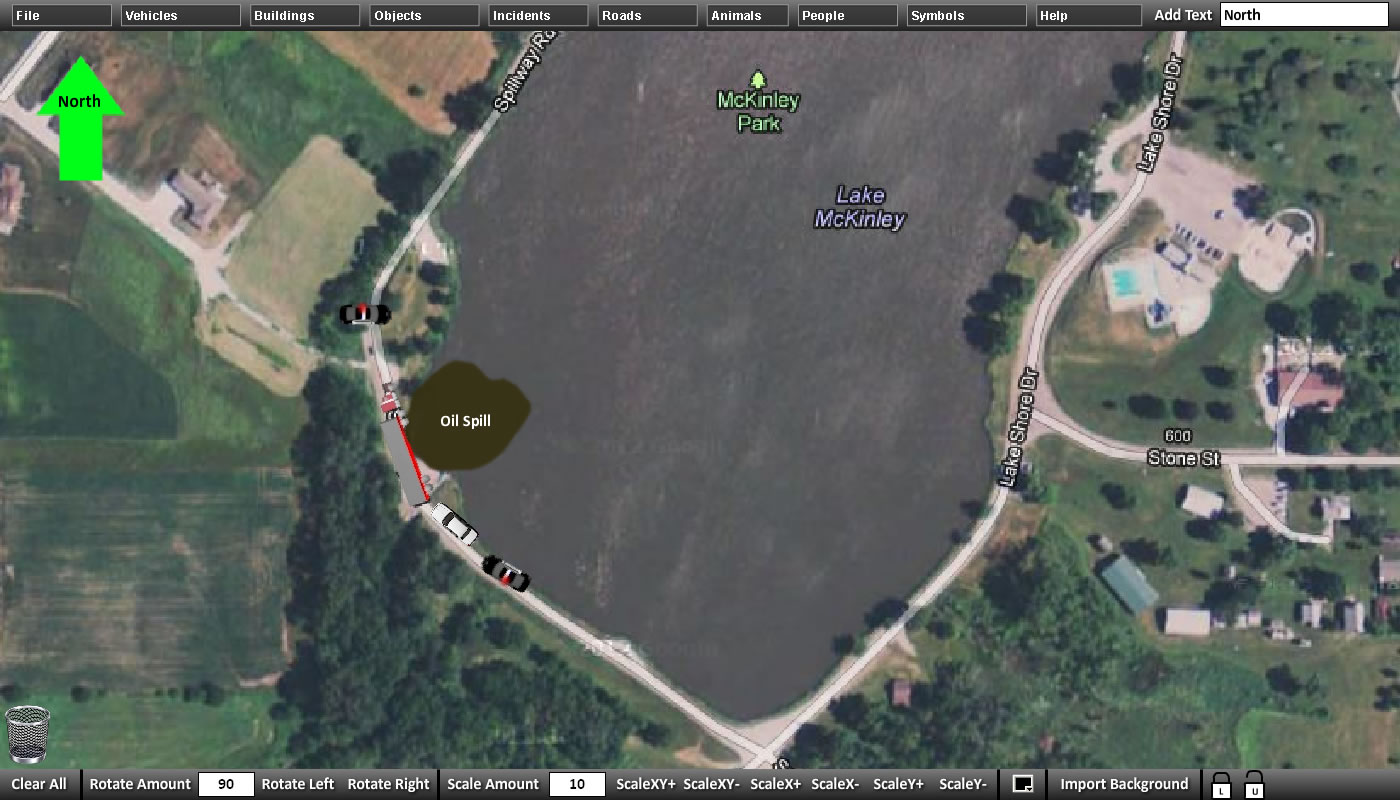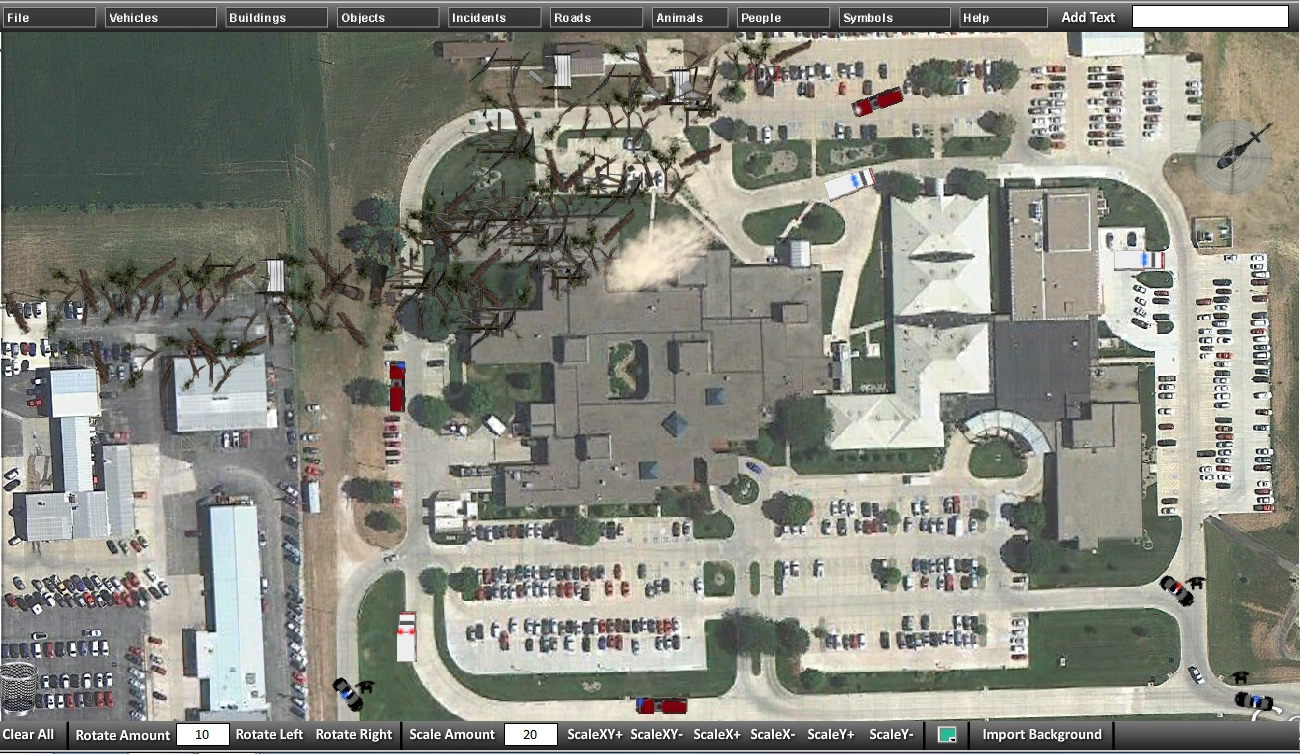Creston, IA Oil Spill
The purpose statement is a broad statement of the exercise goal that focuses and controls the whole exercise.
The purpose statement:
- Governs the selection of the objectives, which in turn governs subsequent steps.
- Clarifies for the chief executive and potential participants why the exercise is being conducted.
- Is useful in communicating plans to the media and community leaders.
A purpose statement is easily constructed by incorporating the scope decisions (type of emergency, location, functions, organizations, and exercise type) into a single sentence. Location and date are usually added before distributing the purpose statement as an exercise directive.
Example
The purpose of the proposed emergency management exercise is to improve the coordination between city and county government, volunteer organizations, and private industry in their response to a major incident; to assess current plans, policy and procedures; and to enhance interagency cooperation by involving the following department or agency heads:
- Justice County Commissioner
- Mayor of Liberty
- Liberty Emergency Manager
- Liberty Fire Chief
- Liberty Police Chief
- Justice County PIO
- HazMat Team Liaison
- Liberty Petrochemical, Inc.
- Poison Control Center
- The American Red Cross
- Liberty Hospital
in a tabletop exercise involving a major hazardous materials transportation accident on June 15, at the County Emergency Operations Center at 3012 SW Mail Road near SW Johnston Boulevard.



